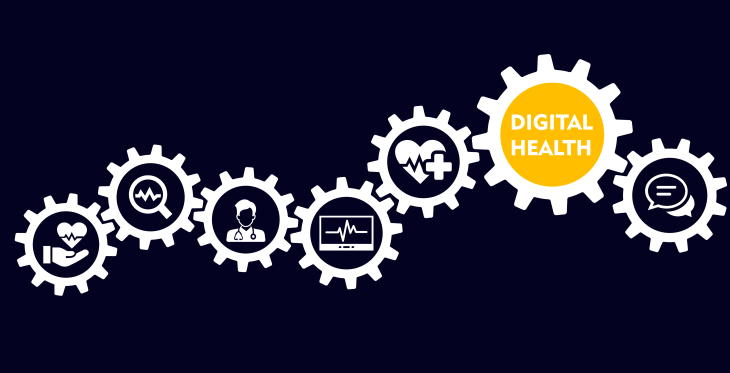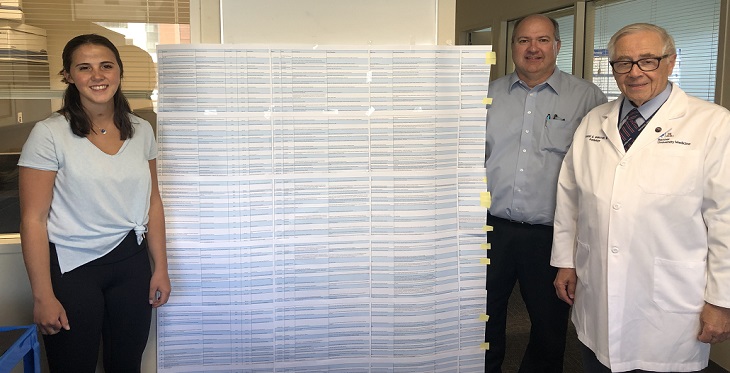The Centers for Medicare & Medicaid Services’ (CMS) “Rural Health Transformation Program (RHTP),” notice of funding opportunity (NOFO), published September 15, 2025, provides States with an historic funding opportunity that seeks to help them transform healthcare delivery for their rural residents. Each state can separately apply for a portion of $25 billion dollars of “Workload Funding” which is in addition to $25 billion dollars of “Baseline Funding”.
The Arizona Telemedicine Program Blog, Category: Technology
During the eleven weeks I worked for the Arizona Telemedicine Program (ATP) this summer, Dr. Ronald S. Weinstein, director for the ATP was fond of telling me that the most rewarding aspect of a summer research project was having the opportunity to publish a paper at the end of it. While I hesitate to argue with one of the most influential leaders in telemedicine, I have to say that being able to truthfully and unironically add “Proficient in Microsoft Excel” to my resume probably tops my list, for now. But in all seriousness, my summer spent building a portfolio of the telehealth-related research projects funded by the Patient Centered Outcomes Research Institute, (PCORI) and being thrown head-first into the world of scientific research and academic literature that I had only imagined during my first year of college in St. Louis, turned out to be one of the most transformative experiences of my admittedly, young life.
Is telemedicine “as good” as a face-to-face patient visit? Take a few cues from television and movie professionals to make sure!
In today's digital world, we've all become visual image connoisseurs. Part of what we respond to is technical and part is artistic. It's largely the “artistic” portion in which meaning and emotion are created.
As such, telemedicine professionals would be wise to pay attention to certain artistic aspects, when creating the telemedicine patient/provider encounter.
Beyond the 'good enough' technical aspects of the telemedicine encounter – available bandwidth, relatively clear and fluid video, and audio of an acceptable level – there is a higher-quality bar that we, as telemedicine professionals, must strive to reach, in order to be trusted and to overcome objections that our viewers might have. Often, these objections may even be subconscious on the viewer's part, but still come into play, and nothing is harder to resolve than an unconscious objection!
Lung Cancer is the leading cause of cancer death in American women. But for many women who smoke, that well-documented fact is not enough of an incentive to quit.
They know that when they quit, they are likely to gain a lot of weight. And while they would like to quit, they don’t want to risk the extra pounds that follow.
And it’s not just their perception. Many studies have shown the majority of women who quit smoking gain eight to 10 pounds, on average. And women who quit, then return to smoking, often blame their weight gain for their relapse.
“Does anyone know of a USB microphone that can be daisy-chained?” “We held a camera ‘bake-off’ to see which ones perform best.” “We’re having trouble with inbound video calls coming through the firewall.” “How do you manage secure sign-ons for a conference room laptop?” “Does anyone have ideas for power-supply and cord management of a telehealth tablet at a remote site?”
These are the kinds of telehealth-related questions and issues that can take up hours of a technical person’s time when they’re doing all the research themselves. And often, IT people in a health-care setting are wearing a number of hats and can’t devote all their attention to telehealth issues and questions.
That’s why the members of the Northern Arizona Telemedicine Alliance (NATA) decided to hold monthly “Tech Talks” to share information and work together.




